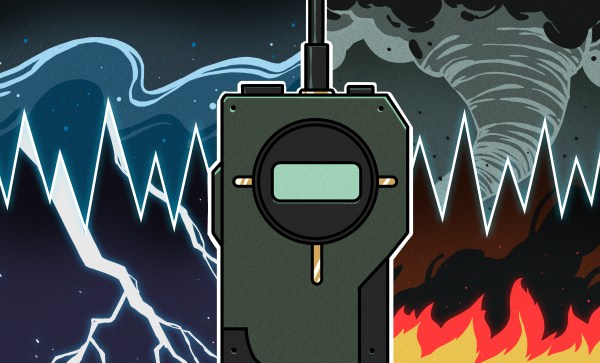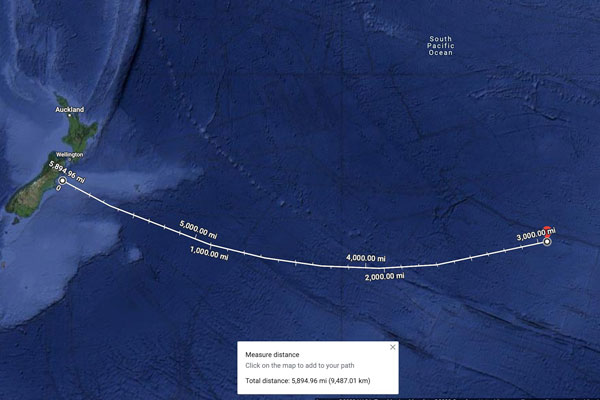I have an admission to make. I have a Google addiction. Not the normal addiction — I have a problem with Google Maps, and the timeline feature. I know, I’m giving my location data to Google, who does who-knows-what-all with it. But it’s convenient to have an easy way to share location with my wife, and very useful to track my business related travel for each month. What we could really use is a self-hosted, open source system to track locations and display location history. And for bonus points, let’s include some extra features, like the ability to track vehicles, kids, and pets that aren’t carrying a dedicated Internet connection.
You can read the title — you know where we’re going with this. We’re setting up an Owntracks service, and then tying it to Meshtastic for off-Internet usability. The backbone that makes this work is MQTT, a network message bus that has really found its niche in the Home Assistant project among others. It’s a simple protocol, where clients send brief messages labeled by topic, and can also subscribe to specific topics. For this little endeavor we’ll use the Mosquito MQTT broker.
One of the nice things about MQTT is that the messages are all text strings, and often take the form of JSON. When trying to get two applications to talking using a shared MQTT server, there may need to be a bit of translation. One application may label a field latitude, and the other shortens it to lat. The glue code to put these together is often known as an MQTT translator, or sometimes an MQTT bridge. This is a program that listens to a given topic, ingests each message, and sends it back to the MQTT server in a different format and topic name.
The last piece is Owntracks, which has a recorder project, which pulls locations from the MQTT server, and stores it locally. Then there’s Owntracks Frontend, which is a much nicer user interface, with some nice features like viewing movement a day at a time. Continue reading “Meshtastic And Owntracks To Kick Your Google Habit”














